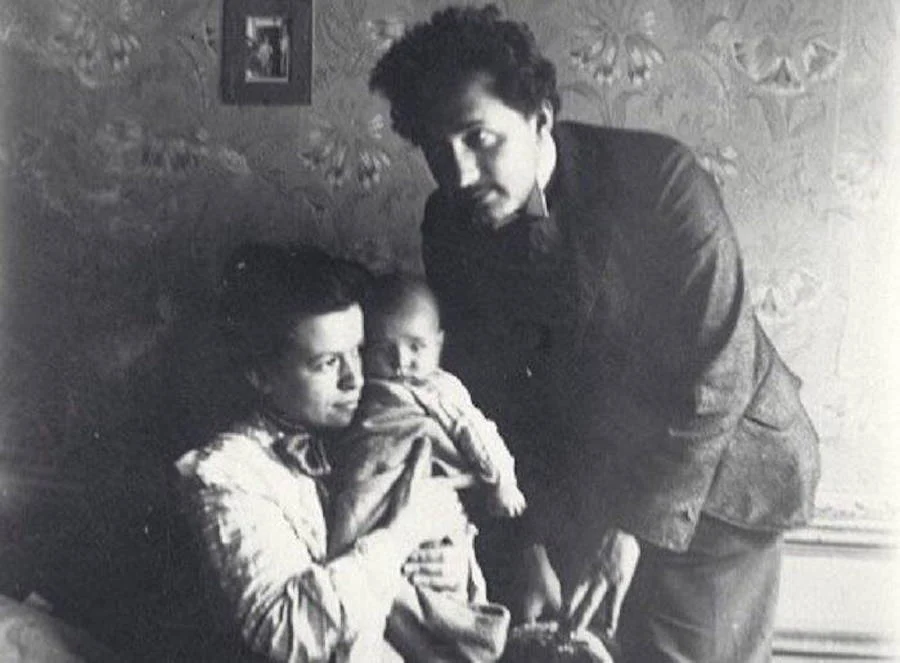If you want to quickly find solutions to challenging situations, learn to solve crossword puzzles.
What is analytical thinking?
A person possesses several types of thinking, but one always predominates. Analytical thinking is sequential. Individuals inclined towards it process large blocks of information, breaking them down into essential parts and systematically examining each component. To do this, they must also have well-developed logical thinking.
Analytical thinking involves searching for new information, studying and organizing it, as well as drawing conclusions based on the obtained data.
This type of thinking requires facts, detailed exploration of the question, emphasis on details, the ability to compare data, and make objective assessments. When we talk about mathematical aptitude, we specifically refer to a tendency towards analytical thinking.
A person with analytical thinking should be able to:
- Gather information.
- Work with a large amount of data.
- Divide general information into component parts according to specific criteria.
- Compare data and find relationships.
- Objectively evaluate information.
- Think logically.
- Express thoughts sequentially.
- Work with facts.
- Prioritize correctly, distinguishing the main from the secondary.
- Think critically (question received information).
- Explore alternative options.
- Draw conclusions.
The benefits of analytical thinking
Well-developed analytical thinking allows you to timely and effectively tackle even the most complex tasks and find multiple possible solutions.
Individuals with a predominant analytical mindset make deliberate and thoughtful decisions, can plan and forecast their activities.
Employees endowed with such qualities are highly valued in companies. In any professional field, the ability to quickly find a worthy solution to a complex situation is an advantage. This skill is also useful in everyday life.
Ways to Develop Analytical Thinking
Analytical thinking can be trained and developed.
- Solve logical puzzles. Logic is essential for analytical thinking. If it’s your weak point, start practicing. Begin with simple puzzles and gradually move on to more complex ones.
- Solve mathematical examples. Find a math textbook and recall your school years. Choose challenging examples with variable quantities.
- Solve crosswords. Once you’ve solved hundreds, try creating your own. It’s quite challenging.
- Solve puzzles. Assemble puzzles, solve rebuses, or try to solve a Rubik’s Cube.
- Play chess. Find an opponent and recall the rules of the game. Chess is an excellent trainer for analytical thinking.
- Read books. You can choose detective stories, for example, about Sherlock Holmes, fiction, or specialized literature. Ask yourself: why did the character act in this way in this situation, what else could have been done?
- Analyze everyday situations. Train critical thinking, doubt, search for facts, and new information when watching the news or reading a book. Pay attention to details, look at things from a new perspective, and find non-obvious connections between different objects, comparing facts.
- Learn something new every day. Choose a topic that interests you and find one fact about it each day.
- Seek alternatives. Don’t settle for one solution to a problem—look for more. Think about what you might have missed, process the information several times, and draw conclusions.
- Participate in discussions. Discuss books, movies, historical events—anything. You’ll hear another person’s opinion and be able to share your thoughts on the same event, provide arguments, and practice expressing thoughts sequentially. Ask your conversation partner for feedback: let them tell you how convincing your arguments were and if your thoughts were sequential.
- Ask yourself how surrounding objects are structured. Ask yourself questions about the things around you or the situations you encounter. Why does this happen, how does it work, and what causes it? Answer them, but don’t look for easy ways out. Understand the problem and give yourself a comprehensive answer.
- Create a mind map. A mind map is a way to visualize the thinking process. The mechanics are simple: you have a key thought that you place in the center of the map. Let it be “Development of analytical thinking.” Add related elements that make sense or significance, such as development methods, challenges, reasons—anything that seems important to you. Then complement the map with new associative series from each element. And you’ll see a picture of your thinking process. You can create such a map on a computer, phone, or tablet using specialized tools. But you can also use a regular piece of paper (be prepared that space may be limited).
- Record. Keep a journal where you write down your goals, ways to achieve them, and results. Work on mistakes if you fail to achieve your goals. Find reasons and analyze.
- Model situations. Come up with any situation that has a problem and try to solve that problem. Develop a step-by-step action plan and don’t settle for just one solution—look for more.
Perform brain exercises daily—most of them don’t take much time and don’t require special conditions. You can develop analytical thinking by maintaining regularity and setting yourself challenging tasks.






